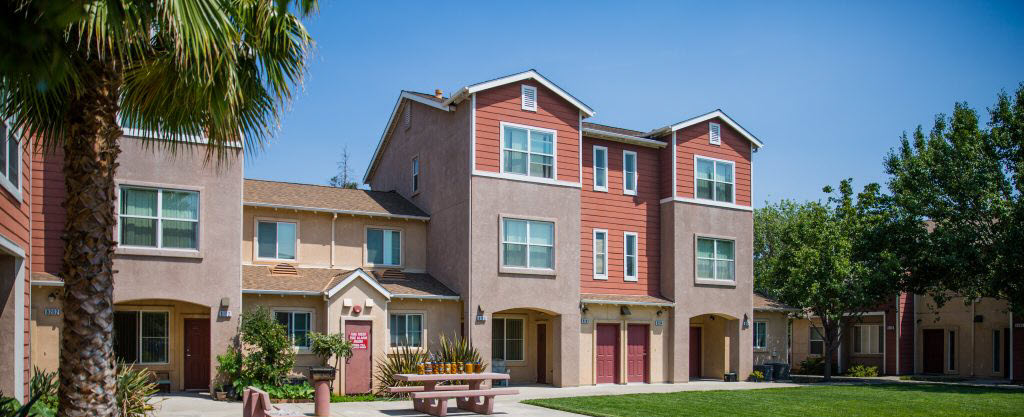

By David M. Greenwald
Executive Editor
Davis, CA – Over the past few years, I have noted a number of times that my preferred approach would be to amend Measure J. What that actually would look like could take a number of different forms, but the current version of the city’s Housing Element Draft makes clear that this is a priority approach.
Time and time again, it has been pointed out to me that (a) we don’t need to modify Measure J because it already contains an exemption for affordable-only housing, and (b) even the suggestion of modifying Measure J is tantamount to undermining it.
The Housing Element, I think makes clear that the current Measure J exemption is impractical and not workable.
The Housing Element notes that Measure J allows the City Council “to approve deed-restricted affordable housing projects without voter approval if it makes certain findings” but it is limited to “not more than five acres per year in total area” under this exemption.
Even assuming you could stretch it out to 40 to 45 acres over the course of a given RHNA cycle, that does not appear to be a practical way to address the city’s affordable housing requirements of upwards of 900 low and very low income units.
The city writes that “if necessary to meet the City’s RHNA, the City theoretically may approve residential development on land designated as agriculture, agriculture reserve or urban reserve  without sending those decisions to the voters.”
without sending those decisions to the voters.”
However, in practice, “the City historically has not approved residential development on land that would be subject to Measure J without voter approval. As currently drafted, the findings required to be made by the City Council do not provide certainty that the housing development would be entitled or built more quickly or without additional legal expense.”
While the city believes that Measure J “is not a constraint” in the City’s sixth-cycle RHNA, “the City acknowledges the challenges of utilizing the findings built into Measure J that would allow the City Council to bypass voter approval for the purpose of residential projects needed to meet the City’s RHNA.”
Left unsaid at this time is the implication—acknowledged by the city manager and council—that Measure J may well be a constraint on housing in the seventh RHNA cycle.
I would go further and argue I do not believe that the city can meet its RHNA seventh cycle requirements without annexing peripheral land that can be rezoned for housing. It is notable that attempts to find an all-infill path forward rely on three categories of rezoning: (1) sites that have been used in previous RHNA cycles, (2) sites that are unlikely to be rezoned in the next cycle, if ever, and (3) sites like Village Farms that require Measure J votes.
The city therefore will look at a possible remedy: “Amend language already in Measure J/R/D that exempts from its public vote requirements projects that provide affordable housing or facilities needed for city services, or other changes to city ordinances that would help create affordable housing. Any change to Measure J/R/D/ would require a public vote.”
This is intended to be on the ballot in November 2024 but “no later than November 2026.”
Of course, it is one thing to suggest such changes on paper—it is another thing to actually get it on the ballot and get those changes approved. We have seen in the last few years that any suggestion of a change to Measure J is shouted down and declared an effort to undermine the measure altogether.
Getting it on the ballot figures to be a challenge. Getting the changes approved will be even more of one.
However, the first step here is acknowledging the reality of the situation. That reality is that at some point Measure J will become a barrier to being able to meet the state’s RHNA requirement. It seems that many have argued that the state cannot require the city to go peripheral. But, realistically, the state can require the city to rezone sufficient land to meet its requirements and that may compel the city to go peripheral.
As I argued earlier this week, there is a reasonable chance—particularly if Village Farms loses at the polls in 2025—that the state or another entity can file suit to challenge Measure J altogether.
One way the city can forestall such a challenge or an overall risk to Measure J would be to amend it to create “meaning opportunities to meet our needs for affordable housing.”
What we have on the books has never been proposed by any developer and is much too modest to make a meaningful difference.
With that said, the city and council should not be under any illusions—this is going to be a fierce battle. Maybe the fiercest one yet.


You left out an important part of the exemption text:
So there is no 5-acre limit as far as RHNA targets are concerned.